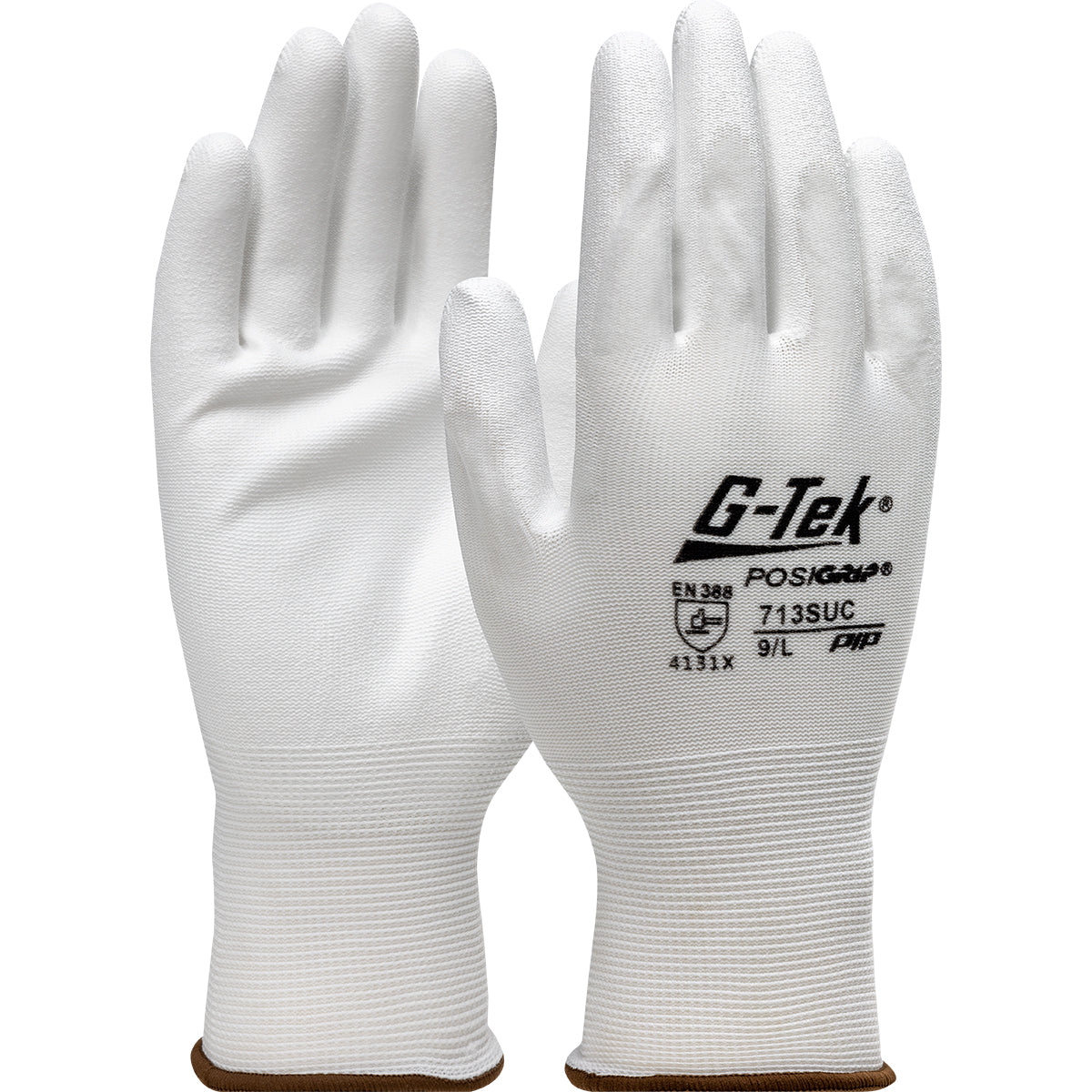Handle: g-tek-posigrip-morcz
Handle with template:
Is handle locked:
URL: /products/g-tek-posigrip-morcz
Page type: product
Handle: g-tek-posigrip-morcz
Handle with template: product/g-tek-posigrip-morcz
Is handle locked:
Handle: g-tek-posigrip-morcz
Handle with template: product/g-tek-posigrip-morcz
Is handle locked:
URL: /products/g-tek-posigrip-morcz
Page type: product
Handle: g-tek-posigrip-morcz
Handle with template: product/g-tek-posigrip-morcz
Is handle locked:
Handle: g-tek-posigrip-morcz
Handle with template: product/g-tek-posigrip-morcz
Is handle locked:
URL: /products/g-tek-posigrip-morcz
Page type: product
Handle: g-tek-posigrip-morcz
Handle with template: product/g-tek-posigrip-morcz
Is handle locked:
Handle: g-tek-posigrip-morcz
Handle with template: product/g-tek-posigrip-morcz
Is handle locked:
URL: /products/g-tek-posigrip-morcz
Page type: product
Handle: g-tek-posigrip-morcz
Handle with template: product/g-tek-posigrip-morcz
Is handle locked:
Handle: g-tek-posigrip-morcz
Handle with template: product/g-tek-posigrip-morcz
Is handle locked:
URL: /products/g-tek-posigrip-morcz
Page type: product
Handle: g-tek-posigrip-morcz
Handle with template: product/g-tek-posigrip-morcz
Is handle locked:
Handle: g-tek-posigrip-morcz
Handle with template: product/g-tek-posigrip-morcz
Is handle locked:
URL: /products/g-tek-posigrip-morcz
Page type: product
Handle: g-tek-posigrip-morcz
Handle with template: product/g-tek-posigrip-morcz
Is handle locked:
Handle: g-tek-posigrip-morcz
Handle with template: product/g-tek-posigrip-morcz
Is handle locked:
URL: /products/g-tek-posigrip-morcz
Page type: product
Handle: g-tek-posigrip-morcz
Handle with template: product/g-tek-posigrip-morcz
Is handle locked:
Handle: g-tek-posigrip-morcz
Handle with template: product/g-tek-posigrip-morcz
Is handle locked:
URL: /products/g-tek-posigrip-morcz
Page type: product
Handle: g-tek-posigrip-morcz
Handle with template: product/g-tek-posigrip-morcz
Is handle locked:
Handle: g-tek-posigrip-morcz
Handle with template: product/g-tek-posigrip-morcz
Is handle locked:
URL: /products/g-tek-posigrip-morcz
Page type: product
Handle: g-tek-posigrip-morcz
Handle with template: product/g-tek-posigrip-morcz
Is handle locked:
Handle: g-tek-posigrip-morcz
Handle with template: product/g-tek-posigrip-morcz
Is handle locked:
URL: /products/g-tek-posigrip-morcz
Page type: product
Handle: g-tek-posigrip-morcz
Handle with template: product/g-tek-posigrip-morcz
Is handle locked:
Handle: g-tek-posigrip-morcz
Handle with template: product/g-tek-posigrip-morcz
Is handle locked:
URL: /products/g-tek-posigrip-morcz
Page type: product
Handle: g-tek-posigrip-morcz
Handle with template: product/g-tek-posigrip-morcz
Is handle locked:
Handle: g-tek-posigrip-morcz
Handle with template: product/g-tek-posigrip-morcz
Is handle locked:
URL: /products/g-tek-posigrip-morcz
Page type: product
Handle: g-tek-posigrip-morcz
Handle with template: product/g-tek-posigrip-morcz
Is handle locked:
Handle: g-tek-posigrip-morcz
Handle with template: product/g-tek-posigrip-morcz
Is handle locked:
URL: /products/g-tek-posigrip-morcz
Page type: product
Handle: g-tek-posigrip-morcz
Handle with template: product/g-tek-posigrip-morcz
Is handle locked:
Handle: g-tek-posigrip-morcz
Handle with template: product/g-tek-posigrip-morcz
Is handle locked:
URL: /products/g-tek-posigrip-morcz
Page type: product
Handle: g-tek-posigrip-morcz
Handle with template: product/g-tek-posigrip-morcz
Is handle locked:
Handle: g-tek-posigrip-morcz
Handle with template: product/g-tek-posigrip-morcz
Is handle locked:
URL: /products/g-tek-posigrip-morcz
Page type: product
Handle: g-tek-posigrip-morcz
Handle with template: product/g-tek-posigrip-morcz
Is handle locked:
Handle: g-tek-posigrip-morcz
Handle with template: product/g-tek-posigrip-morcz
Is handle locked:
URL: /products/g-tek-posigrip-morcz
Page type: product
Handle: g-tek-posigrip-morcz
Handle with template: product/g-tek-posigrip-morcz
Is handle locked:
Handle: g-tek-posigrip-morcz
Handle with template: product/g-tek-posigrip-morcz
Is handle locked:
URL: /products/g-tek-posigrip-morcz
Page type: product
Handle: g-tek-posigrip-morcz
Handle with template: product/g-tek-posigrip-morcz
Is handle locked:
Handle: g-tek-posigrip-morcz
Handle with template: product/g-tek-posigrip-morcz
Is handle locked:
URL: /products/g-tek-posigrip-morcz
Page type: product
Handle: g-tek-posigrip-morcz
Handle with template: product/g-tek-posigrip-morcz
Is handle locked:
Handle: g-tek-posigrip-morcz
Handle with template: product/g-tek-posigrip-morcz
Is handle locked:
URL: /products/g-tek-posigrip-morcz
Page type: product
Handle: g-tek-posigrip-morcz
Handle with template: product/g-tek-posigrip-morcz
Is handle locked:
Handle: g-tek-posigrip-morcz
Handle with template: product/g-tek-posigrip-morcz
Is handle locked:
URL: /products/g-tek-posigrip-morcz
Page type: product
Handle: g-tek-posigrip-morcz
Handle with template: product/g-tek-posigrip-morcz
Is handle locked:
Handle: g-tek-posigrip-morcz
Handle with template: product/g-tek-posigrip-morcz
Is handle locked:
URL: /products/g-tek-posigrip-morcz
Page type: product
Handle: g-tek-posigrip-morcz
Handle with template: product/g-tek-posigrip-morcz
Is handle locked:
Handle: g-tek-posigrip-morcz
Handle with template: product/g-tek-posigrip-morcz
Is handle locked:
URL: /products/g-tek-posigrip-morcz
Page type: product
Handle: g-tek-posigrip-morcz
Handle with template: product/g-tek-posigrip-morcz
Is handle locked:
Handle: g-tek-posigrip-morcz
Handle with template: product/g-tek-posigrip-morcz
Is handle locked:
URL: /products/g-tek-posigrip-morcz
Page type: product
Handle: g-tek-posigrip-morcz
Handle with template: product/g-tek-posigrip-morcz
Is handle locked:
Handle: g-tek-posigrip-morcz
Handle with template: product/g-tek-posigrip-morcz
Is handle locked:
URL: /products/g-tek-posigrip-morcz
Page type: product
Handle: g-tek-posigrip-morcz
Handle with template: product/g-tek-posigrip-morcz
Is handle locked:
Handle: g-tek-posigrip-morcz
Handle with template: product/g-tek-posigrip-morcz
Is handle locked:
URL: /products/g-tek-posigrip-morcz
Page type: product
Handle: g-tek-posigrip-morcz
Handle with template: product/g-tek-posigrip-morcz
Is handle locked:
Handle: g-tek-posigrip-morcz
Handle with template: product/g-tek-posigrip-morcz
Is handle locked:
URL: /products/g-tek-posigrip-morcz
Page type: product
Handle: g-tek-posigrip-morcz
Handle with template: product/g-tek-posigrip-morcz
Is handle locked:
Handle: g-tek-posigrip-morcz
Handle with template: product/g-tek-posigrip-morcz
Is handle locked:
URL: /products/g-tek-posigrip-morcz
Page type: product
Handle: g-tek-posigrip-morcz
Handle with template: product/g-tek-posigrip-morcz
Is handle locked:
Handle: g-tek-posigrip-morcz
Handle with template: product/g-tek-posigrip-morcz
Is handle locked:
URL: /products/g-tek-posigrip-morcz
Page type: product
Handle: g-tek-posigrip-morcz
Handle with template: product/g-tek-posigrip-morcz
Is handle locked:
Handle: g-tek-posigrip-morcz
Handle with template: product/g-tek-posigrip-morcz
Is handle locked:
URL: /products/g-tek-posigrip-morcz
Page type: product
Handle: g-tek-posigrip-morcz
Handle with template: product/g-tek-posigrip-morcz
Is handle locked:
Handle: g-tek-posigrip-morcz
Handle with template: product/g-tek-posigrip-morcz
Is handle locked:
URL: /products/g-tek-posigrip-morcz
Page type: product
Handle: g-tek-posigrip-morcz
Handle with template: product/g-tek-posigrip-morcz
Is handle locked:
Handle: g-tek-posigrip-morcz
Handle with template: product/g-tek-posigrip-morcz
Is handle locked:
URL: /products/g-tek-posigrip-morcz
Page type: product
Handle: g-tek-posigrip-morcz
Handle with template: product/g-tek-posigrip-morcz
Is handle locked:
Handle: g-tek-posigrip-morcz
Handle with template: product/g-tek-posigrip-morcz
Is handle locked:
URL: /products/g-tek-posigrip-morcz
Page type: product
Handle: g-tek-posigrip-morcz
Handle with template: product/g-tek-posigrip-morcz
Is handle locked:
Handle: g-tek-posigrip-morcz
Handle with template: product/g-tek-posigrip-morcz
Is handle locked:
URL: /products/g-tek-posigrip-morcz
Page type: product
Handle: g-tek-posigrip-morcz
Handle with template: product/g-tek-posigrip-morcz
Is handle locked:
Handle: g-tek-posigrip-morcz
Handle with template: product/g-tek-posigrip-morcz
Is handle locked:
URL: /products/g-tek-posigrip-morcz
Page type: product
Handle: g-tek-posigrip-morcz
Handle with template: product/g-tek-posigrip-morcz
Is handle locked:


